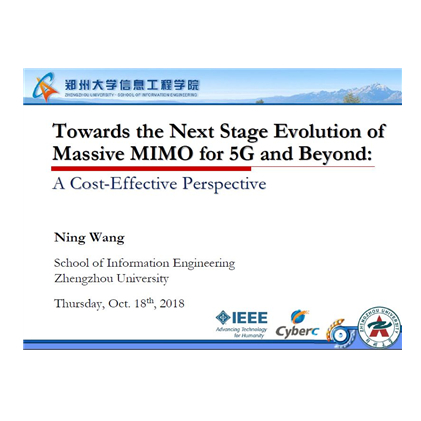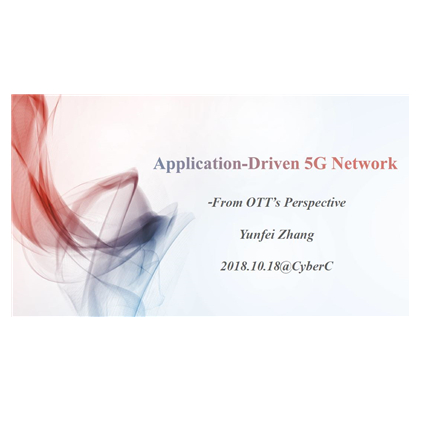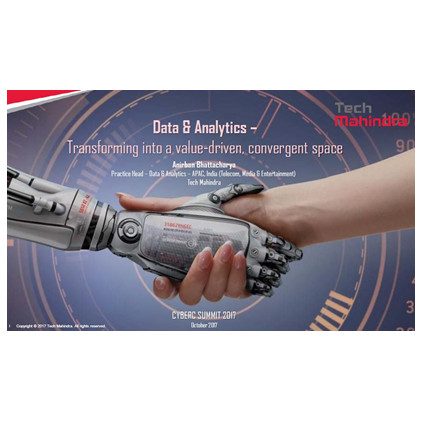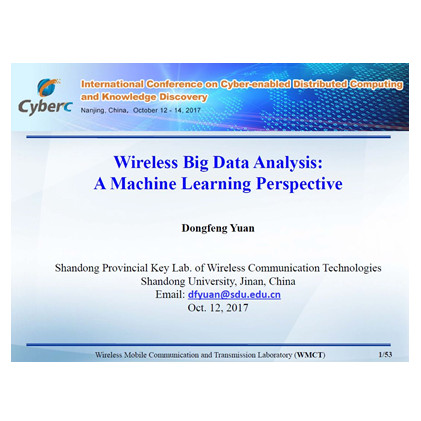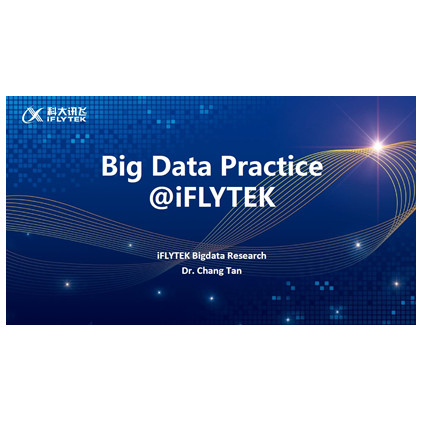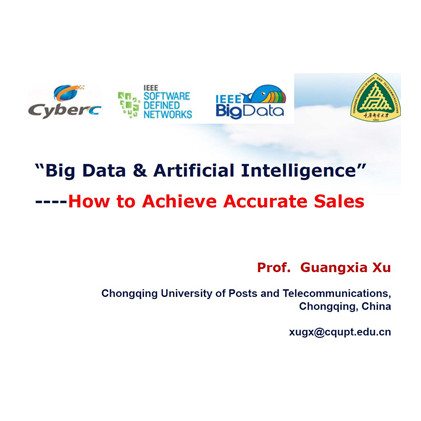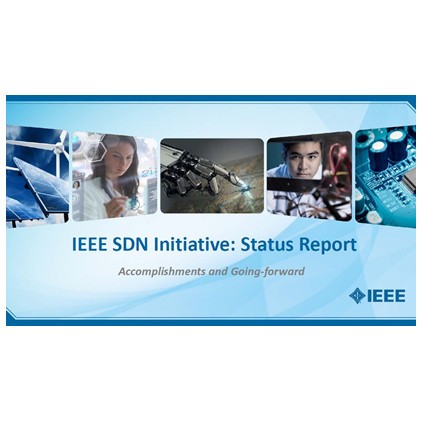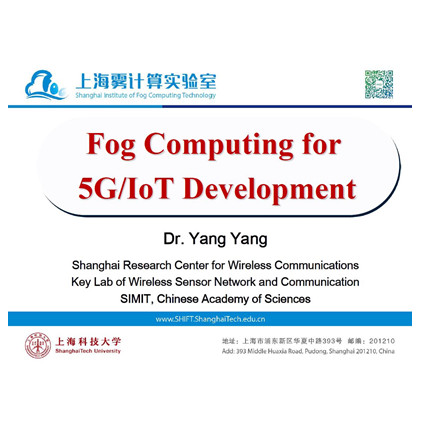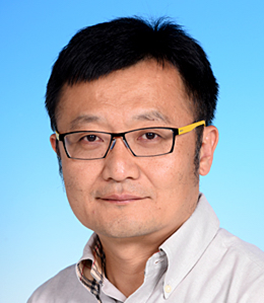
Professor Lei Chen
- Dean of Information Hub, HKUST - Guangzhou
- IEEE Fellow
- Distinguished ACM Member
Biography:
Professor Lei Chen
is a chair professor in the data science and
analytic thrust at HKUST (GZ), Fellow of the IEEE,
and a Distinguished Member of the ACM. Currently,
Prof. Chen serves as the dean of information hub,
the director of Big Data Institute at HKUST
(GZ). Prof. Chen’s research interests include
Data-driven AI, Big Data Analytics, Metaverse,
knowledge graphs, blockchains, data privacy,
crowdsourcing, spatial and temporal databases and
probabilistic databases. He received his BS degree
in computer science and engineering from Tianjin
University, Tianjin, China, MA degree from Asian
Institute of Technology, Bangkok, Thailand, and
PhD in computer science from the University of
Waterloo, Canada. Prof. Chen received the SIGMOD
Test-of-Time Award in 2015, Best research paper
award in VLDB 2022.The system developed by
Prof. Chen’s team won the excellent demonstration
award in VLDB 2014. Prof. Chen had served as VLDB
2019 PC Co-chair. Currently, Prof. Chen serves as
Editor-in-chief of IEEE Transaction on Data and
Knowledge Engineering and General Co-Chair of VLDB
2024.
Title:
Data Science for Large Models
Abstract:
Large Models (LM) has made significant progress
and found wide application in various fields, like
LLM for question answering. However, the success
and efficiency of LM models depend on proper data
management. Training a LM is challenging without
labeled data, and efficiency is hindered by large
datasets, complex models, and numerous
hyperparameters. Lack of validation and
explanation limits model applicability. In this
talk, I will discuss three crucial issues in data
science for large models: 1) effective data
preparation for LM, including data selection; 2)
LM training optimization, involving computation
graph optimization; and 3) the importance of model
explanation for robustness and transparency. I
will conclude by highlighting future research
directions on data science for large Models.
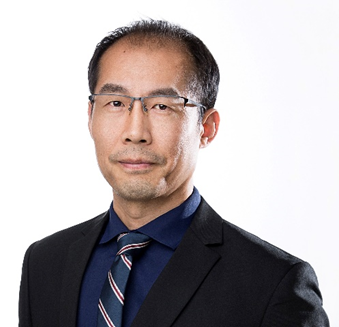
Mr. Hui Wang
- President of Huawei NCE Data Communication Domain, Huawei, China
Biography:
Mr. Hui Wang
, President of Huawei NCE Data Communication
Domain, is in charge of the strategic planning,
competitiveness building, and industrial pattern
building of Huawei Qiankun CloudService and
autonomous driving network (ADN) products. Prior
to the current position, Mr. Wang took charge of
iMaster NCE Data Center Product,iMaster NCE
Campus Product,Digital Services and other
products, and successfully built the industry's
first L3.5 enterprise autonomous driving network
(ADN) solution. He is committed to building the
industry-leading network digital map and network
large model products to accelerate industry
digitalization.
Title:
Large Model Enables IP Networks to Move Towards High-Level Self-Intelligence
Abstract:
As one of the key technologies of the 4th
industrial revolution, large model is leading this
wave of transformation with its unique
advantages. Huawei Cloud Pangu Weather AI Model
can predict the weather of the next seven days
within just 10 seconds, 10,000 times faster than
the traditional weather forecast. JPMorgan Chase
already begins to apply an AI large language model
(LLM) to speculate on emotional changes and
evaluate monetary policies from the public
speeches by 17 Fed officials. However, network
management in the large model era still faces many
challenges such as real-time decision-making,
rigorous inference, and scenario
generalization. Against this backdrop, Huawei
proposes a three-layer intelligent network
architecture (intelligent NE, digital twin, and
smart brain), aiming to accelerate the
implementation of L4 high-level intelligence of IP
networks and boost new quality productive forces.

Prof. George Polyzos
- School of Data Science, The Chinese University of Hong Kong, Shenzhen, Guandong, 518172, P.R. China
Biography:
Prof. George C. Polyzos
is with the School of Data Science, The Chinese
University of Hong Kong, Shenzhen, on leave from
the Athens University of Economics and
Business. Previously, he was Professor of Computer
Science and Engineering at the University of
California, San Diego, where he was co-director of
the Computer Systems Laboratory, member of the
Steering Committee of the UCSD Center for Wireless
Communications and Senior Fellow of the San Diego
Supercomputer Center. His current research
interests include security and privacy, Internet
architecture and protocols, the
Internet-of-Things, the Smart Energy Grid, mobile
multimedia communications, wireless networks, and
performance analysis of computer and
communications systems. Dr. Polyzos has led many
research projects at UCSD and AUEB. Under his
leadership his lab has participated in a series of
Research projects funded by the European
Commission (PSIRP, PURSUIT and POINT) that
developed Publish-Subscribe Internetworking, an
Information-Centric Networking (ICN)
architecture. PURSUIT received the Future Internet
Award in 2013. Prof. Polyzos received his Diploma
in Electrical Engineering from the National
Technical University in Athens, Greece and his
M.A.Sc. in Electrical Engineering and Ph.D. in
Computer Science from the University of
Toronto. He has served on journal editorial boards
and on the program committees of many conferences
and workshops and he has chaired the Steering
Committee of the ACM SIGCOMM conference on
Information-Centric Networking. He has been
reviewer and panelist for the US National Science
Foundation, the European Commission and other
research funding agencies.
Title:
Automating and Enhancing the Security of the Software Supply Chain
Abstract:
The software ecosystem has become very complex and
its supply chains involve many entities,
components, and processes, of varying complexity,
roles, value, and security. The software supply
chain becomes often the target of high-profile
attackers and persistent attacks with widespread
impact. Modern supply chain tracing techniques and
transparency services promise to improve the
security and trustworthiness of software. However,
this task entails many, currently open,
challenges. Firstly, the attack surface of the
software supply chain is vast. Secondly, software
development involves a multitude of tools and
external components. Thirdly, software development
and maintenance governance is complex. Finally,
supply chain attack detection and mitigation
require access to diverse types of techniques and
information. We investigate and develop processes
and tools that provide responses to questions
about software transparency services: what
information is recorded, who can record
information, and how risks can be mitigated by
extracted information. Outcomes allow software
companies, developer communities, and end-users to
make informed and mostly automated decisions
related to the security of the software supply
chain. We promote decentralization by empowering
users to depart from the legacy Web PKI system
traditionally used for "signing" information
related to software, as well as by enabling
decentralized governance of transparency
registries. In addition, we investigate artificial
intelligence techniques to discover malware
components and threats in software to augment
transparency services.
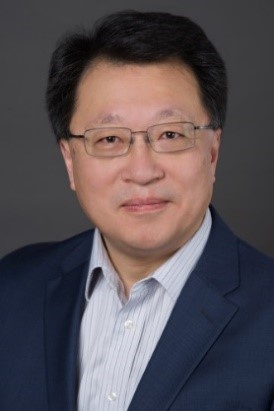
David Lu
- Vice President (Retired), Network Systems, AT&T
Biography:
David Lu
served in various leadership positions at
AT&T that resulted in multibillion-dollar savings
over the past 35 years. Currently holds 60+
patents and frequently appears as speaker at
technical and leadership seminars and conferences
throughout the world. Led global R&D organizations
of more than 5,000 people at AT&T. Was responsible
for the next generation SDN automation platform
enabling AT&T’s network virtualization and
5G/Fiber networks. Well respected as an
inspirational industry leader in hyper scale
software and AI driven platforms with
institutional knowledge and world leading
expertise achieving best in class quality,
reliability, speed, and demonstrable
financial/service benefits! Work pioneered many of
the world’s first innovations and promoted many
distinguished industry leaders and technical
talents. Awards received include CIE-USA AAEOY
Engineer of the Year Award in 2017 and Executive
of the Year Award in 2023, IEEE CQR Chairman’s
Award, CIO 100 Award, AT&T Innovation and Patent
Awards, and AT&T Corporate Leadership
Award. Actively engaged in community,
professional, and faith work.
Title:
Inspire Forward Technology & Into Humanity
Abstract:
The rapid technology innovation has changed our
life so dramatically in the last two decades we
never seen in human history. The digital
transformation fueled by the software driven
everything, cloud computing, robotics,
semiconductor, big data analytics, new generation
of ultrafast mobile communication (terrestrial and
low earth orbit satellites), quantum computing,
super-scale data models and generative AI, and
regenerative medicine will change the world we
know today in an unprecedented pace! As those of
us, who are in the center of science and
engineering making these happen, we must also take
a harder look at the impact the technology change
brings us, to prevent the negative impact but
propel the positive changes focusing on usability
and adaptability, i.e., user centered sustainable
growth and sound environmental practices.
The talk will highlight the industry revolution
and innovation that took place, are taking place
in front of our eyes, and what could come in next
decades. It will focus on the human impact of
these changes and ways we could cope, adapt, and
lead the positive changes to the social structure
and communities to a brighter future!
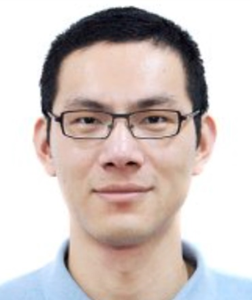
Prof. Yuan Wu
- University of Macau
Biography:
Prof. Yuan Wu
is currently the Associate Professor with
the State Key Laboratory of Internet of Things for
Smart City, University of Macau, Macao, China, and
also with the Department of Computer and
Information Science, University of Macau. His
research interests focus on edge computing and
edge intelligence. He received the Best Paper
Award from IEEE ICC’2016, IEEE TCGCC’2017, and
WCNC’2023. He served as the symposium TPC
co-chairs for GLOBECOM’2024, ICCC’2023,
VTC’2022-Spring, etc. He is currently on the
editorial board of IEEE TWC, TVT, and TNSE. He is
a senior member of IEEE and distinguished member
of CCF, and he currently serves as the Vice Chair
of IEEE ComSoC Macau Chapter.
Title:
The Convergence of Generative AI and Federated Learning for Efficient and Personalized Edge Intelligence
Abstract:
Recent advancements in generative artificial
intelligence (AI) and federated learning (FL) have
opened new avenues for efficient and personalized
edge intelligence. This talk will explore the
synergies between generative AI and FL within the
realm of edge computing. Generative AI,
particularly through large language and vision
models, has demonstrated remarkable capabilities
in synthesizing realistic data. In parallel,
federated learning facilitates collaborative model
training across distributed edge devices while
ensuring data privacy. This talk will introduce a
novel framework for on-demand generative AI
services tailored for edge computing. This
discussion will focus on how generative AI can be
delivered to heterogeneous edge devices,
accommodating varying latency and quality
requirements. Additionally, the talk will
highlight the potential benefits of integrating
generative AI with FL to enhance resource
efficiency in edge intelligence. By leveraging
generative models to create synthetic training
data, we can augment limited local datasets on
edge devices. This balance between local and
synthetic data allows FL systems to achieve fast
and accurate convergence. Finally, the talk will
address future research directions and challenges,
paving the way for further advancements in this
exciting field.
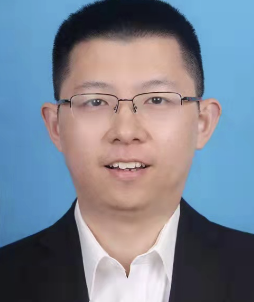
Prof. Huaiguang Jiang
- South China University of Technology, China
Biography:
Prof. Huaiguang Jiang
is a tenured Professor of the
School of Future Technology, South China
University of Technology. He is now a standing
committee member of Guangzhou Youth Federation and
deputy director of Science and Technology Field,
his research attention focuses on low-carbon
intelligent energy and unmanned automation . He
was selected as a National-level young talent, and
has undertaken and participated in scientific
research projects at national and other levels for
many times, with a total project fund of more than
10 million RMB. As a senior member of IEEE, he has
published more than 50 Chinese and English papers
and works in related fields, with a total impact
factor of more than 100, invited to publish 2
English academic monographs, participated in,
chaired and organized the top Chinese and English
conferences for many times, and was invited to
review more than 20 top journals and top
conferences in the industry.
Title:
TBA
Abstract:
TBA





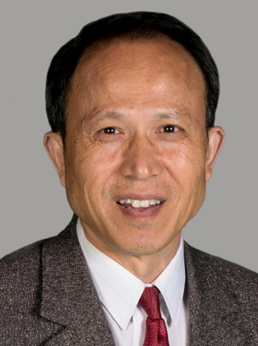
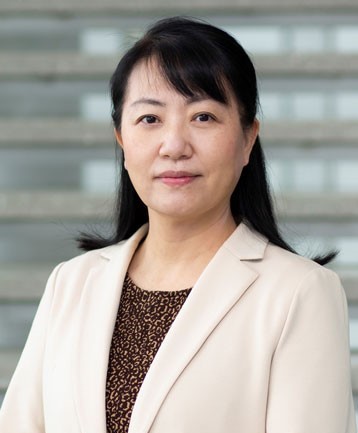
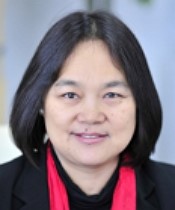
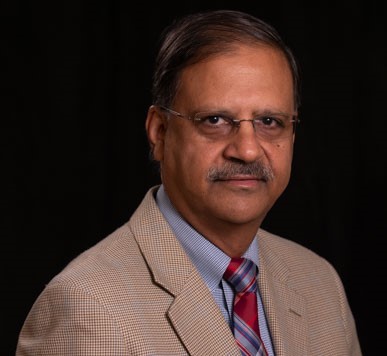
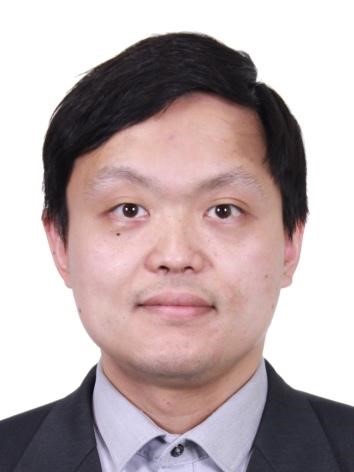


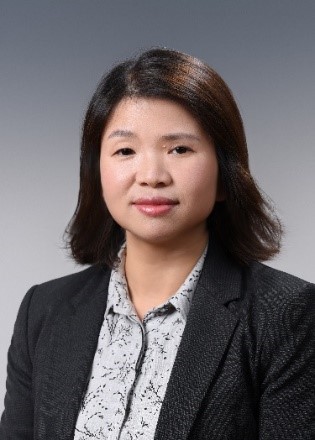

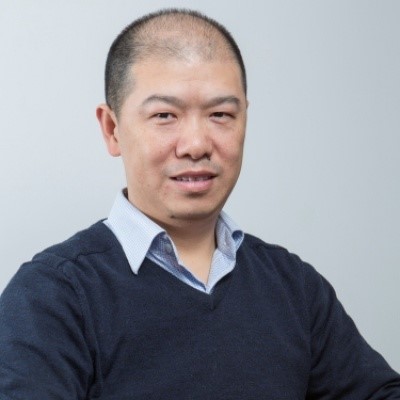
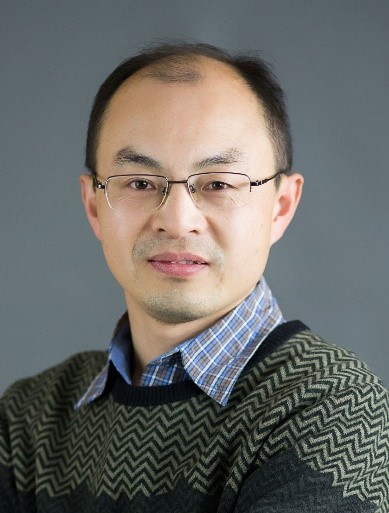
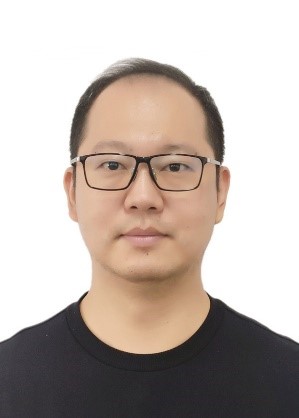
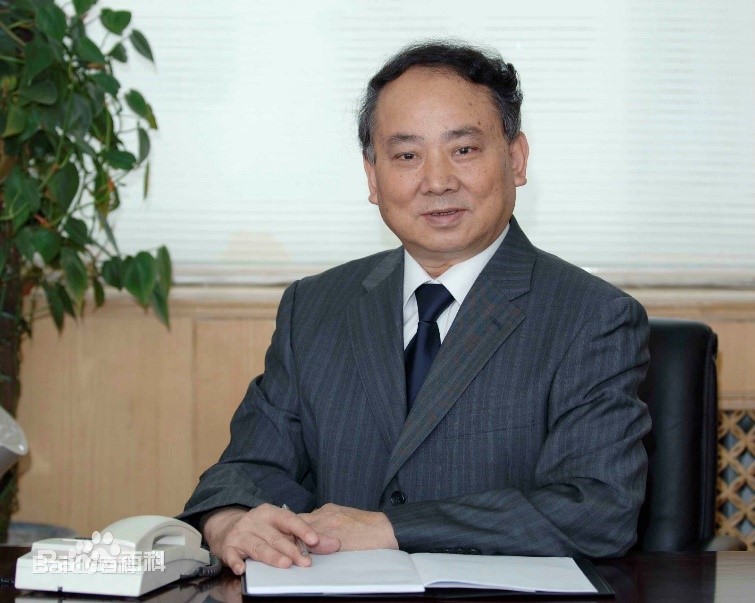

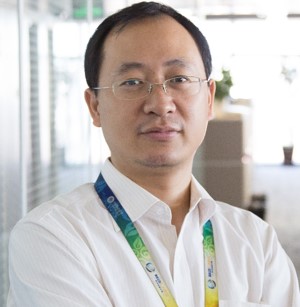


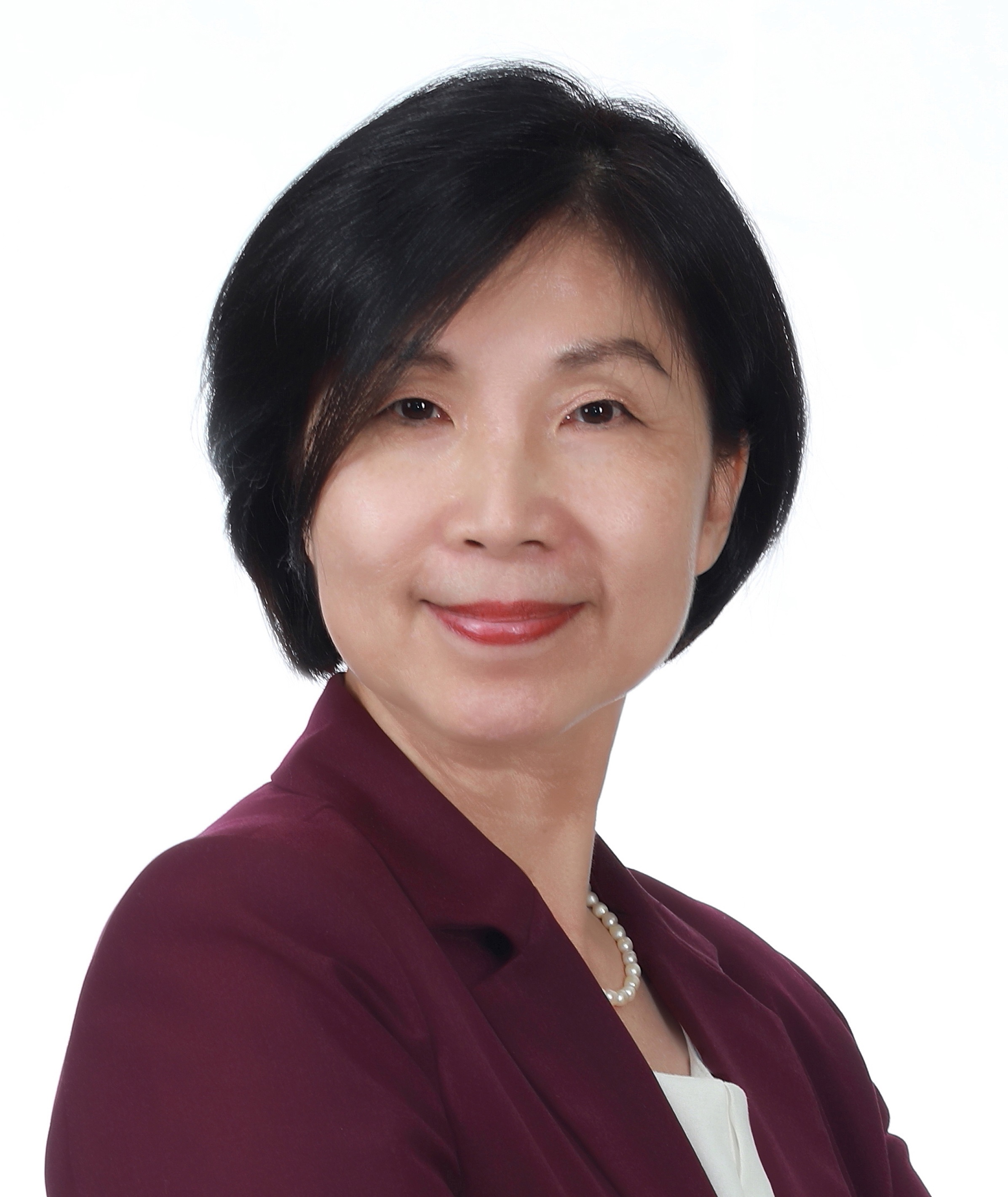
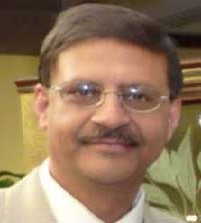
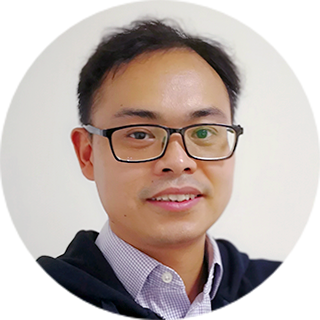
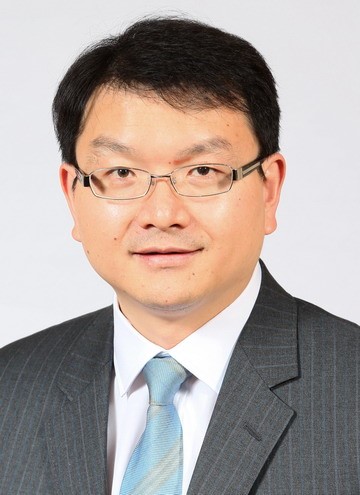
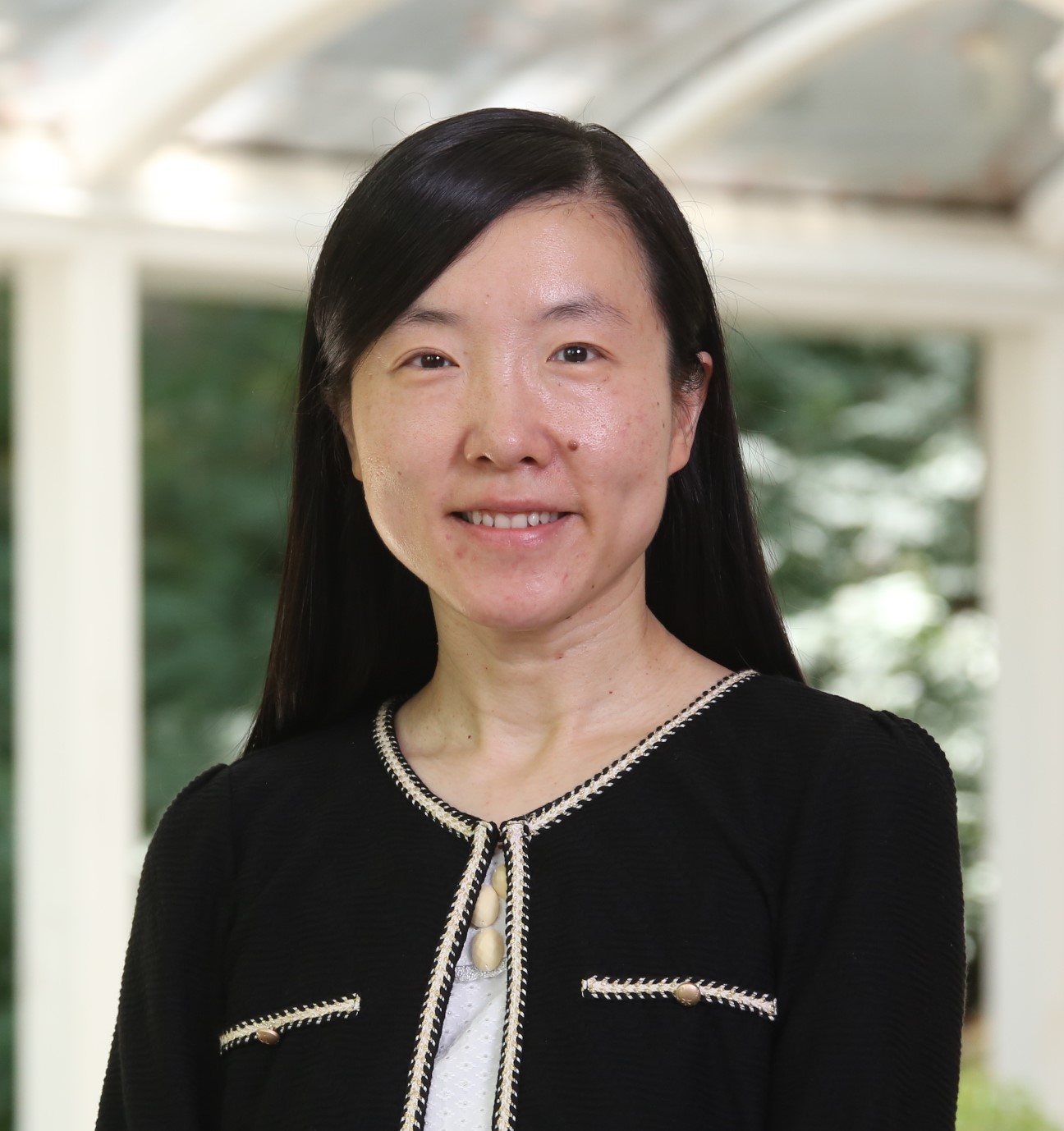
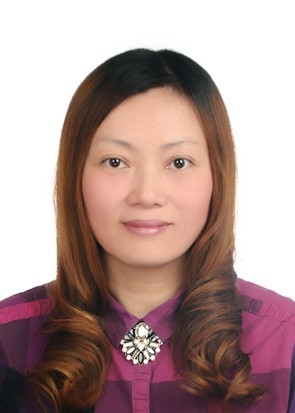

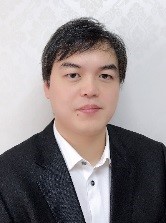
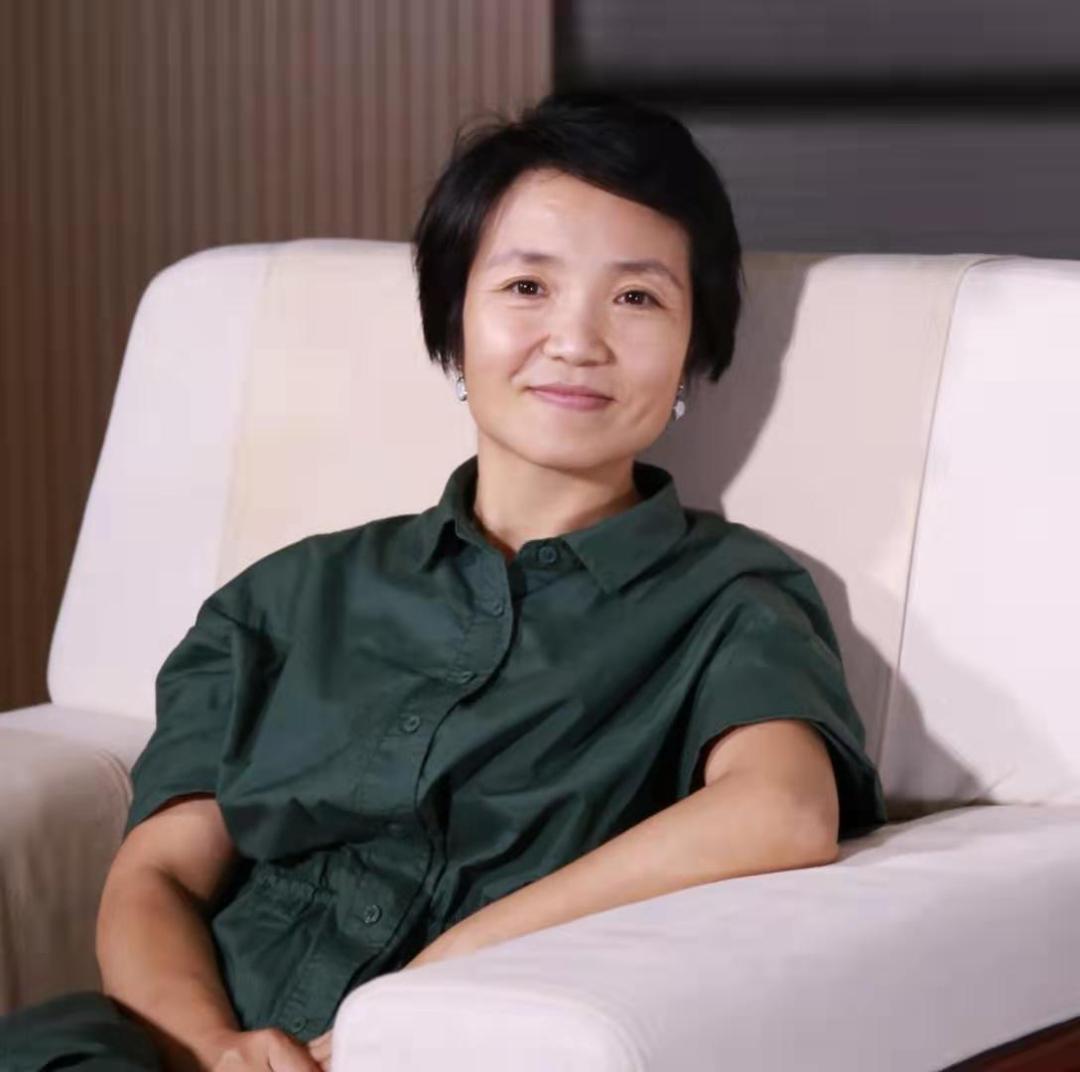
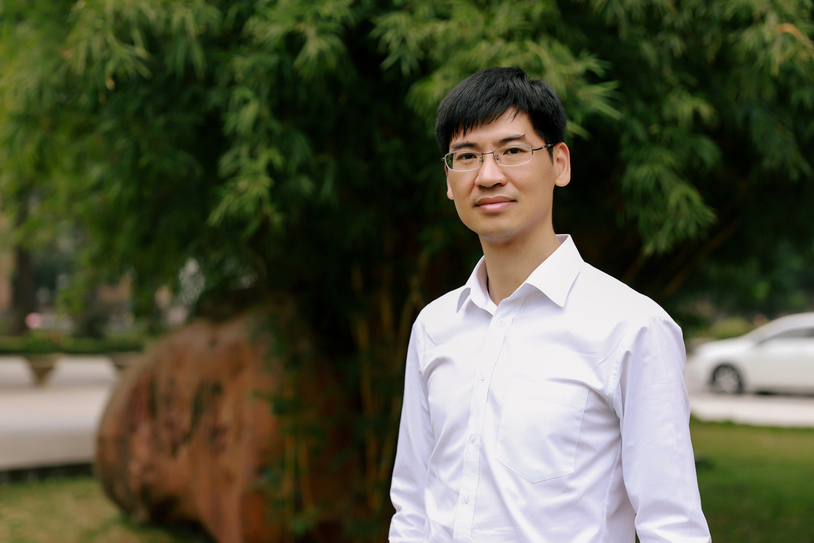
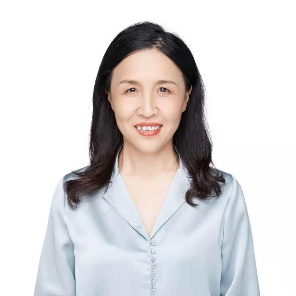
.jpg)
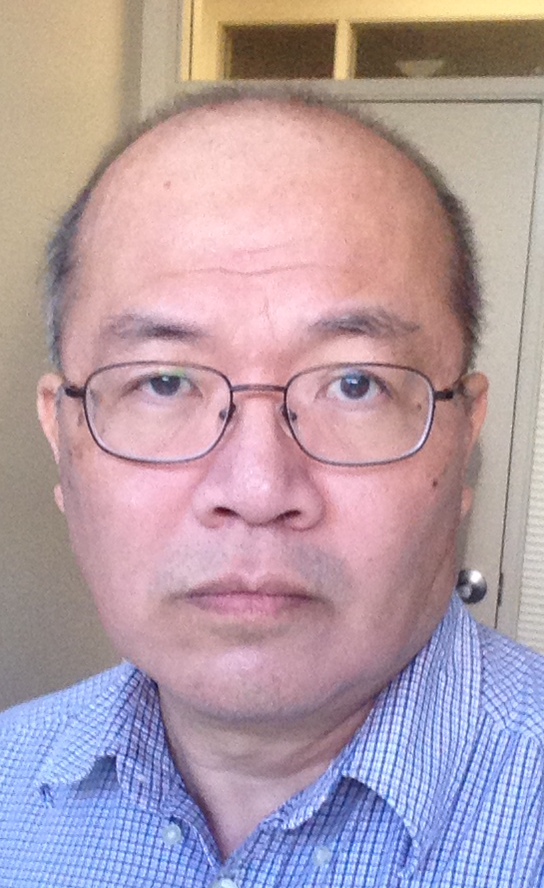
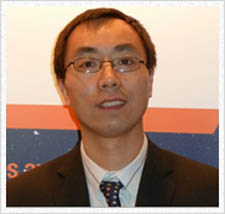
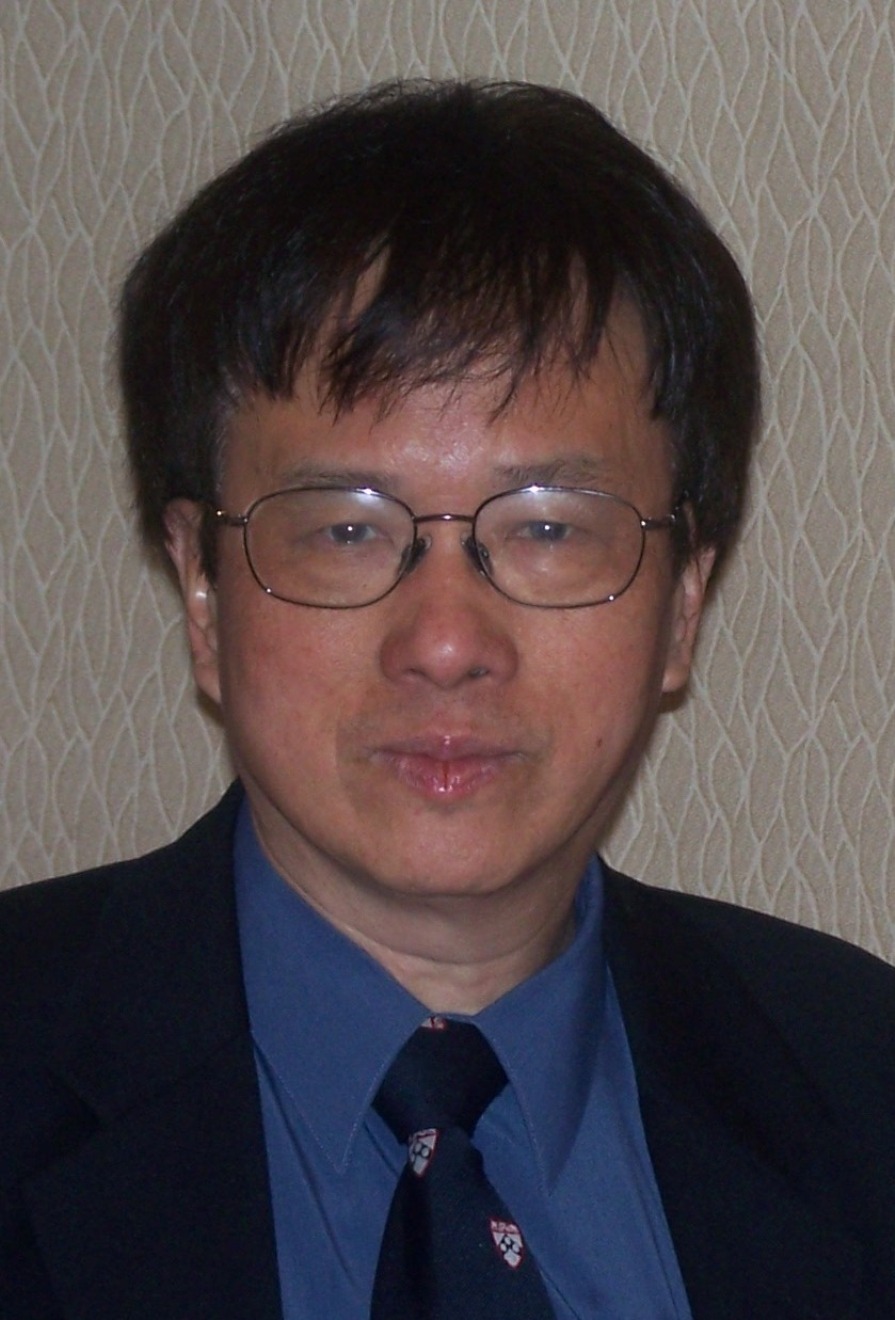
-1.jpg)


-4.jpg)


